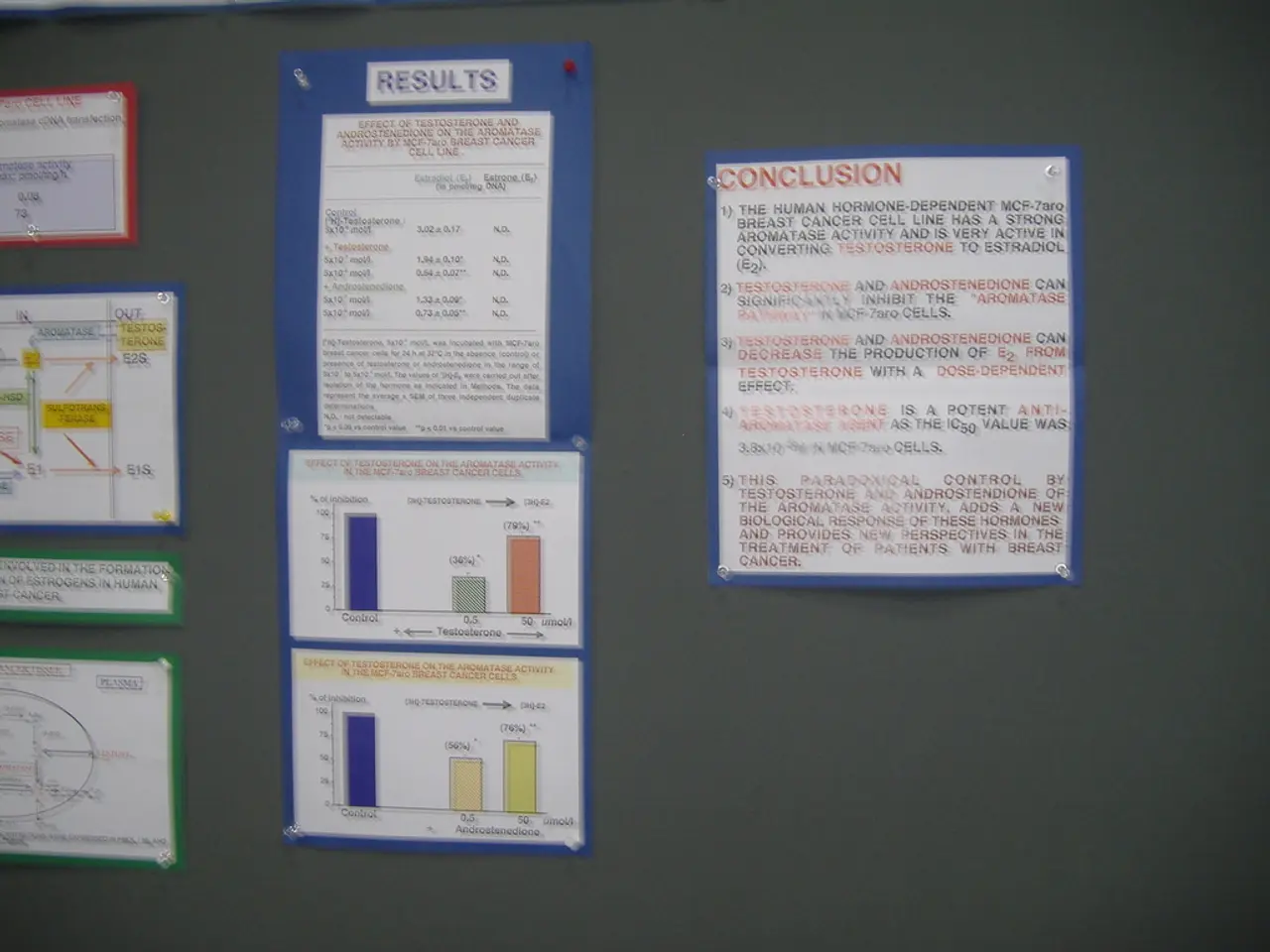Cold Stress mitigation strategies: An overview of cold-related injuries
In the colder months, it's essential to be aware of cold-related conditions that can affect individuals, particularly those who are older or have pre-existing health conditions. Here's a breakdown of four such conditions: Hypothermia, Frostbite, Trench Foot, and Chilblains.
## Hypothermia
Hypothermia occurs when the body's core temperature drops below 95°F (35°C), typically due to prolonged exposure to cold environments, insufficient clothing, or wet conditions. Certain medical conditions, medications, or alcohol use can also increase the risk. Early symptoms include shivering, fatigue, loss of coordination, pale or blue skin, and confusion. Advanced symptoms include slurred speech, drowsiness, weak pulse, slow breathing, and eventually, loss of consciousness. First aid involves removing wet clothing, providing warmth with blankets or a warm sleeping bag, staying calm, and seeking immediate medical attention if symptoms persist or worsen.
## Frostbite
Frostbite occurs when skin and underlying tissues freeze due to cold exposure. Factors like wind, wet conditions, and poor circulation can increase the risk. Early symptoms include numbness, tingling, pain, and pale skin. Advanced symptoms include swollen, blistered, or charred skin, and decreased sensation. First aid involves removing constrictive clothing, immersing the affected area in warm (not hot) water for 15-30 minutes to thaw the frostbite gently, avoiding direct heat and rubbing, and seeking medical help for severe cases or if symptoms persist.
## Trench Foot
Trench foot, also known as immersion foot, occurs when the feet are immersed in cold water for extended periods. It can be exacerbated by tight shoes or poor foot hygiene. Early symptoms include numbness, tingling, pain, and cold sensation in the feet. Advanced symptoms include swelling, blisters, or open sores on the feet. First aid involves removing wet footwear, cleaning and drying the affected area thoroughly, elevating the affected area to reduce swelling, and seeking medical help if symptoms persist or worsen.
## Chilblains
Chilblains are a condition where small blood vessels in the skin become inflamed after exposure to cold and damp conditions. Poor circulation can increase the risk. Symptoms include redness, swelling, itching, and pain in the affected areas, typically on the hands or feet. First aid involves avoiding direct heat, elevating the affected area, keeping the area clean and dry to prevent infection, and seeking medical help if symptoms persist or worsen.
Older adults and individuals with pre-existing health conditions are more susceptible to these cold-related conditions due to decreased circulation, reduced body fat, or compromised immune systems. It is crucial for these individuals to be particularly cautious in cold environments, to maintain proper clothing and housing, and to seek medical attention promptly if symptoms arise.
For more information and resources, refer to the fact sheet published by the Department of Health and Human Services in 2010, which provides guidance on protecting oneself from cold stress. Additionally, a fact sheet on preventing cold-related illnesses in agricultural workers was published by Zhao, Wei, in 1993, and Riess, A. wrote about trench foot in the book "Paris-Brest-Paris" in 2007.
Science plays a crucial role in understanding and combating cold-related conditions, such as hypothermia, frostbite, trench foot, and chilblains. For instance, research in medical-conditions has highlighted the increased risk for these conditions in older adults and those with chronic diseases. Thereafter, health-and-wellness initiatives stress the importance of fitness-and-exercise in maintaining good circulation, which can help prevent such conditions. Furthermore, mental-health is also essential in dealing with cold-related stress, as fear or panic can exacerbate symptoms.




